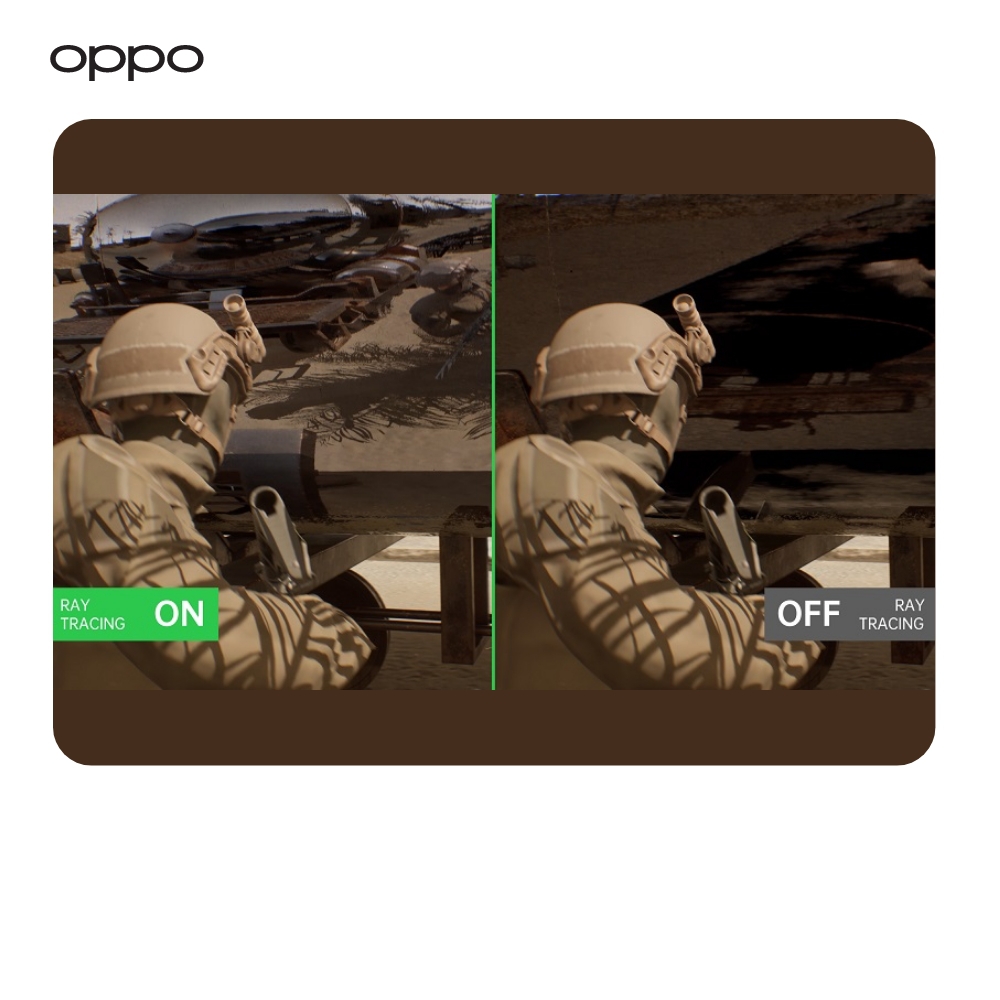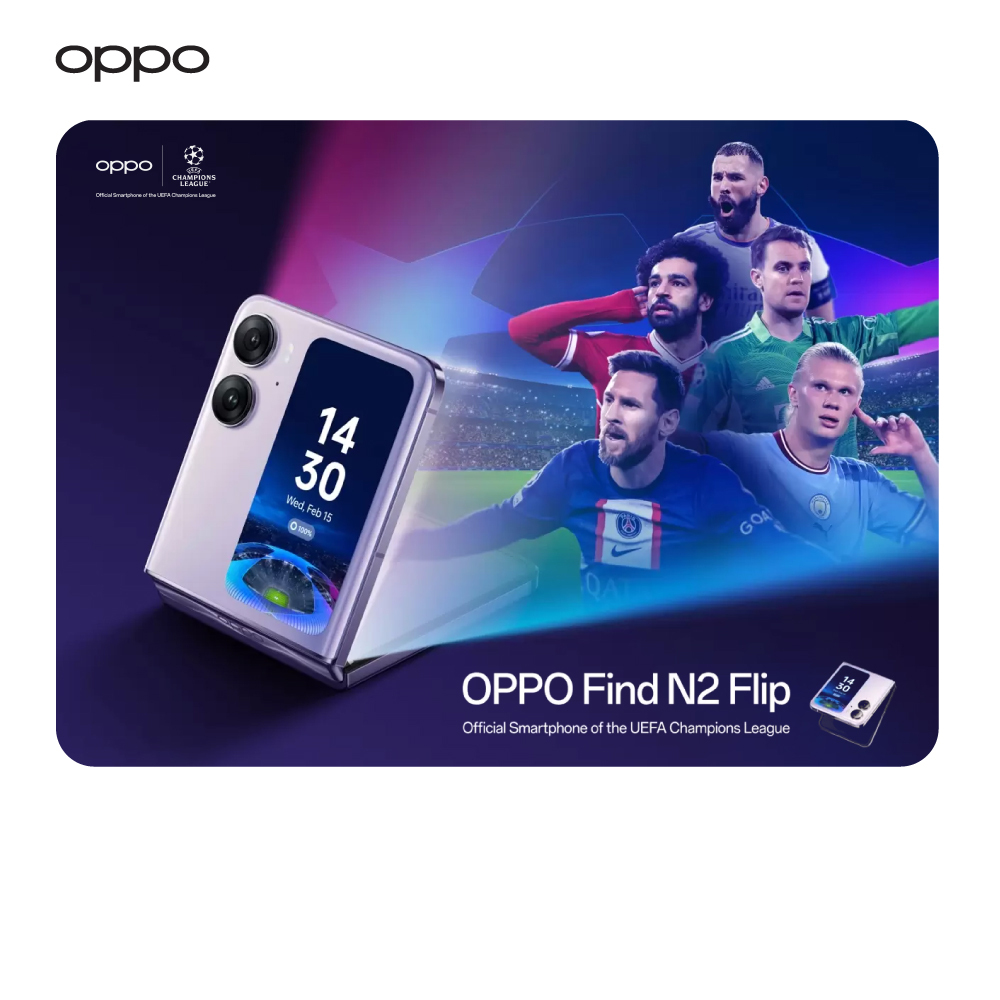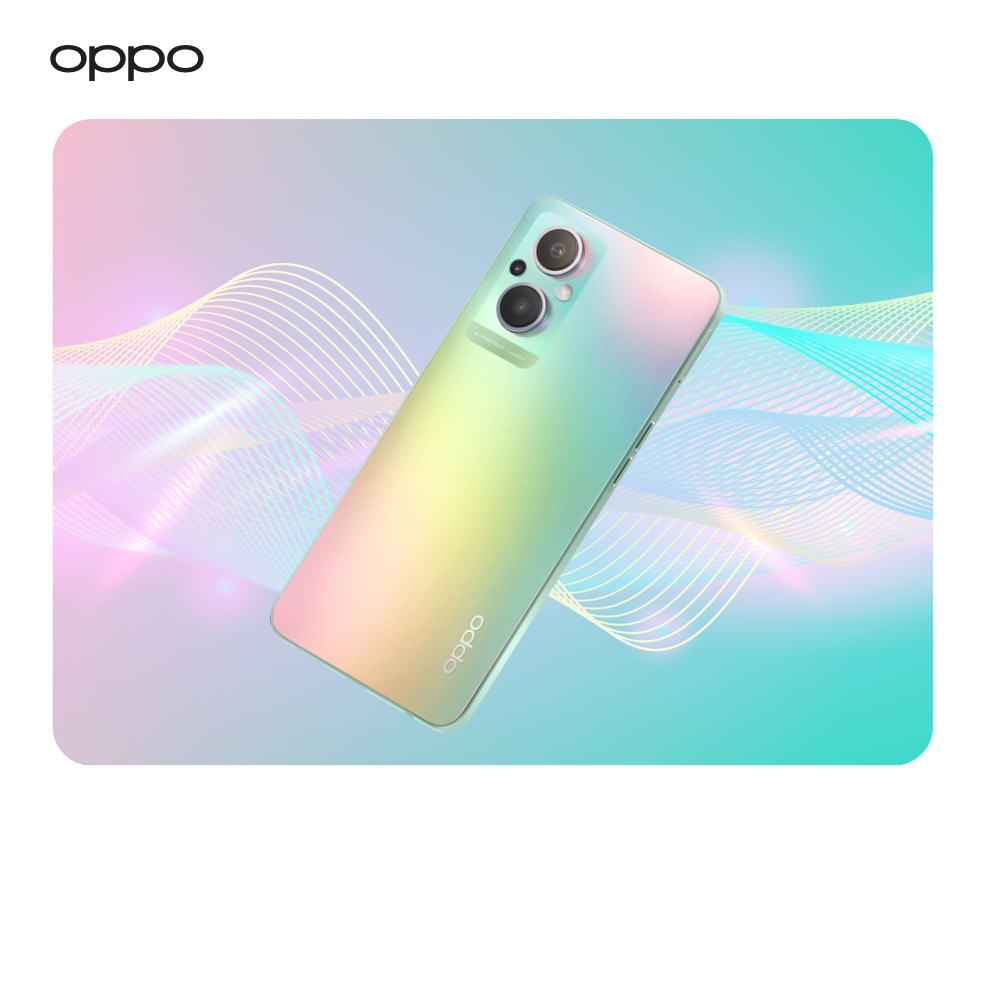OPPO’s Ray Tracing Technology Solution: Allowing Applications to Take Benefit from Realistic Rendering
OPPO’s Ray Tracing Technology Solution: Allowing Applications to Take Benefit from Realistic Rendering

The development of ray tracing technology in recent years has completely changed the visual experience of PC and console games. But adapting this method of modelling light transport to portable electronics has been elusive thus far. Simply put, the goal of ray tracing technology is to recreate light and shadow effects that are physically accurate by modelling their physics-based manifestations, such as propagation, reflection, and refraction. This calls for a lot of processing power from top-tier gear.
Because of their smaller form factor in comparison to bulkier PCs and consoles, mobile devices have less graphics processing capabilities. On top of that, ray tracing typically has quite high energy needs. Ray tracing is still in its early stages of development and implementation on mobile devices compared to PCs and consoles, primarily due to hardware constraints. The industry has not even come to an agreement on the potential uses of mobile ray tracing, and neither the game engine nor the developer tools have been tuned for mobile devices.
The pioneers persevered despite these setbacks. OPPO has been collaborating with Qualcomm Technologies, Inc. on real time hardware-accelerated ray tracing, making it one of the first firms in the industry to offer an open ray tracing solution. This function is also supported by the Snapdragon® 8 Gen 2 Mobile Platform, which was introduced at this year's Snapdragon Tech Summit by Qualcomm Technologies. With the advent of hardware-based mobile ray tracing, OPPO can at last deliver more lifelike in-game visuals.
OPPO Is the First to Introduce Ray Tracing to Mobile Devices: Rather than relying just on Animated GIFs, CGI should also be used.
OPPO developed a first-person shooter game scenario called "Camp Guard" to mimic a real 3A mobile game. The scene features around 2,000 physical models, 800,000 triangles, and close to 100 textures. Over in the gaming industry, OPPO and Qualcomm Technologies have collaborated on driver testing, shader optimization, and the creation of a compiler tool. To ensure that the new Snapdragon mobile platform can render various ray tracing effects and textures smoothly, OPPO and Qualcomm Technologies collaborated to optimise the PhysRay Engine 2.0 drivers. On the Snapdragon 8 Gen 2, PhysRay Engine 2.0 has OPPO's backing thanks to the company's endorsement for Qualcomm Technologies' Variable Rate Shading (VRS) technology. Improving visuals significantly while addressing power issues.
The high-end Snapdragon 8 Gen 2 processor allows Camp Guard to function at 720p 60fps for 30 minutes at room temperature. In response to the model's motion and the player's camera perspective, the game's lights and shadows change in a convincing manner. Mobile ray tracing has come a long way from software simulation and prerecorded sequences to interactive visuals thanks to the work of OPPO and Qualcomm Technologies.
Now You Can Enjoy More Realistic and Clear Details Beyond Imagination
In the demonstration, a camouflage-clad soldier camps in front of an oil tanker, casting a dynamic shadow on the tanker that responds to his every motion. The shadow of a palm tree on an oil ship is no longer a dark geometric shape with jagged edges thanks to OPPO's Ray Traced Shadow and Alphatest features. Instead, the airflow and camera angle influence the shape and gradient.
Not only can we render and cast off-screen scenes to the pooling water below, but we can also use these scenes to interact with the on-screen ones. By supporting all of the standard Physically Based Rendering (PBR) textures, OPPO's PhysRay Engine allows even low-reflective surfaces like bullets to respond to illumination, enhancing the realism of the visuals.
Furthermore, activities involving water are some of the most challenging for ray tracing. Realistic ripples, sunshine bouncing off ripples, and ripple markings on the pool's floor all contribute to a more see-through appearance in the live demo. OPPO's dedication to researching and developing mobile ray tracing technology enables these spectacular visual effects.
The PhysRay Engine Simplifies and Accelerates Ray Tracing on Mobile Devices.
Knowing the importance of ray tracing, OPPO, a hardware manufacturer, began collecting data from artists, game developers, and game engine development platforms as early as 2020. Even before there was technology capable of supporting mobile ray tracing, OPPO started developing one of the earliest open ray tracing systems for mobile devices: "PhysRay Engine."
With the advancement of computational power, OPPO reached out to chip manufacturers in 2021 to collaborate on developing new hardware and software solutions for mobile ray tracing. Constantly enhancing PhysRay Engine's functionality on many hardware platforms, developing brand-new features in response to consumer demand, and expanding the range of textures it can handle.
This year at SIGGRAPH, OPPO made PhysRay Engine 1.0 open source, meaning that developers anywhere in the world can now use it and modify it as they see fit. In addition, OPPO has released PhysRay Engine 2.0, which incorporates cutting-edge ray tracing features such as an OPPO-exclusive ray tracing effects, a global rendering pipeline, and offline full path tracing.
Moreover, during the China International Import Expo, OPPO formed a strategic partnership with the industry-leading real-time 3D game engine Unity. OPPO's ray tracing technology is already a part of the Unity game engine, giving players access to cutting-edge visuals while also offering programmers with productive workspaces.
With its Open, Convenient, Responsive, and Balance features, PhysRay Engine has developed into a competent mobile ray tracing solution for game developers and designers.
- Open: Since its inception, OPPO's PhysRay Engine has been designed to be accessible to its global community of developers and content creators.
- Convenient: In a timesaving move, PhysRay Engine allows for a combination of rasterization and ray tracing in its rendering. Without requiring major adjustments to the standard rendering pipeline, game makers may use OPPO's mobile ray tracing engine natively.
- Adaptive: PhysRay Engine uses a standard port and can dynamically alter the intricacy and effectiveness of the ray tracing algorithm which is based on the scenario. In order to provide full-path ray tracing and other effects in the future, it is integrated with ai technology and supports physical sensors. Developers are no longer limited in their use of ray tracing on mobile devices, allowing for more innovative and unexpected outcomes.
- Balance: Because of OPPO and Qualcomm Technologies' joint efforts, PhysRay Engine now strikes a better balance between performance and battery life. OPPO's PhysRay Engine, built on Qualcomm's high-end Snapdragon 8 Gen 2, has enabled all PBR textures and improved its ray tracing render performance by a factor of 5.
The Era of Mobile Ray Tracing Is Just Getting Started
However, the ultimate goal of mobile ray tracing goes beyond enhancing the visual quality of games. More individuals will be able to make VR content on a budget thanks to mobile ray tracing technology's use in audio and autonomous driving. Activating ray tracing allows developers to integrate realistic lighting effects quickly and easily to their virtual scenes, eliminating the need to spend many hours painstakingly reproducing shadows.
Thanks to mobile ray tracing's realistic and real-time physics, it's now possible to implement a wider variety of game mechanics and use cases. Take first-person shooter games on mobile devices; with ray tracing, players can find out where their foes are both on the mini map and by looking at their reflections in other things. In this way, the game will become more exciting and engrossing. The blind zones of current vehicle backup cameras and radars will be eliminated via real-time reflection monitoring, allowing drivers to see everything in their immediate vicinity and avoid collisions.
The development of mobile ray tracing can be measured on a scale from 0 to 1. To make even more progress, we need the backing of more partners, if not the entire mobile industry as a whole. OPPO, like many others in this field, plans to keep working on mobile ray tracing technology in the hopes of eventually incorporating it into ColorOS and making it available to app developers everywhere. To further the advancement of this technology and to investigate the emerging field of mobile ray tracing, OPPO is looking for more like-minded partners and developers from all over the world.
Qualcomm Incorporated has trademarked and/or patented the Snapdragon brand. The Snapdragon brand is a creation of Qualcomm Technologies, Inc. and/or its affiliates.









